Pain, inflammation, and light
Pain is something that can be incredibly disabling, especially if it is chronic. There is also much evidence that the longer the pain persists, the more difficult it is to treat. Taking painkillers for long periods is rarely a solution either, as the medications can lower the pain threshold and make it even harder to relieve the pain. New findings suggest that light therapy can be a side-effect-free alternative or complement to other pain-relieving treatments. This is about Red Light Therapy (RLT)!
The underlying causes of pain can be very diverse, ranging from autoimmune components where the body attacks itself to underlying injuries that make themselves felt. Some people firmly assert that psychological pressure in their lives has a direct connection to various pain conditions such as headaches, back pain, dull pain in joints, or a sore neck. Regardless of the cause, they should be combated, and this may involve stress management, treatment of the disease causing the pain, or using technology that reduces the strain on the body part that hurts.
Pain and ache have a close relationship with inflammation. Inflammations can be both beneficial and harmful. Inflammatory responses are what make us healthy if we suffer from an infection. But inflammations are also something that wears down the body and causes us to age prematurely, and increase the risk of cancer, so it is important to have a balance between these processes. Inflammation and pain can also affect each other by one keeping the other going. Pain can thus drive inflammation and vice versa. Therefore, the strategies often involve treating pain by suppressing inflammatory processes with medication and various therapies.
Inflammation and pain can be greatly influenced by lifestyle. What we eat and do not eat can have a significant impact in certain contexts. Fruits, berries, vegetables, legumes, fibers in general, many spices such as (turmeric and ginger are among the most effective), omega-3 and nutrients like vitamin D, selenium, and magnesium can all help to reduce inflammation. Many supplements such as ginseng, lipoic acid, and mushroom extracts can also do so. Exercise in the right doses as well as sufficient sleep and minimizing stress are also important factors to keep inflammatory processes down.
Something that also affects inflammation and pain is light. Light affects us in many ways. Among other things, by stimulating mechanisms that repair our DNA, and incoming light in the eyes affects our mental well-being and alertness. Additionally, light is a necessary factor for the body to be able to produce vitamin D. Light can also activate a range of anti-inflammatory effects in the body.
The downside of too much sunlight, however, is that it damages the skin and causes it to age prematurely. An increased risk of skin cancer is also a consequence of too much sun exposure. One way to pick the best parts is light sources without the harmful UV rays, and here LED lamps have proven to be very suitable. There is also a big difference in different wavelengths of light when it comes to therapeutic effects on the skin. The pigment melanin, which makes us tan in the summer, and the oxygen-carrying hemoglobin in the blood are examples of substances that absorb light of certain wavelengths. This means that only certain wavelengths have the ability to penetrate the skin. These wavelengths are invisible near-infrared light (NIR) and visible red light. Studies on light lamps have shown good effects on inflammation and pain, and the nice thing is that 5-15 minutes per day is enough to achieve maximum therapeutic effect. The higher the power of the lamp, the shorter the treatment time needed. So-called RLT (red light therapy) is thus a good complement to other lifestyle choices that work together for better health with less pain and inflammation. Another term often used for this type of treatment is photobiomodulation. A very good thing about this technology is that it is affordable, safe, and can be used at home by anyone. When you are looking for a lamp for personal use, it is important that it meets all requirements, both technical and safety-related, and therefore it is smart to buy one within the EU even if they are manufactured in another part of the world. The regulations for technical products are very strict within the EU, and the risk of getting a lamp that does not deliver what it promises is small. A high power, preferably at least 1000W, is recommended if you illuminate large parts of your body for a systemic effect, as well as that the lamp is large enough to at least cover half of your body. Then you can sit and drink your morning coffee and enjoy the warm red rays while your whole system wakes up. Smaller handheld lamps for local use can also be effective, especially for local treatment of pain and inflammation, but the same advice applies: the higher the power, the shorter the treatment time.
Author: Martin Brunnberg
References:
The studies and research presented here are conducted by independent researchers and institutes. Nutrilight does not fund these studies and has no connection to their execution. These studies generally concern photobiomodulation and are not specifically related to Nutrilight's products.

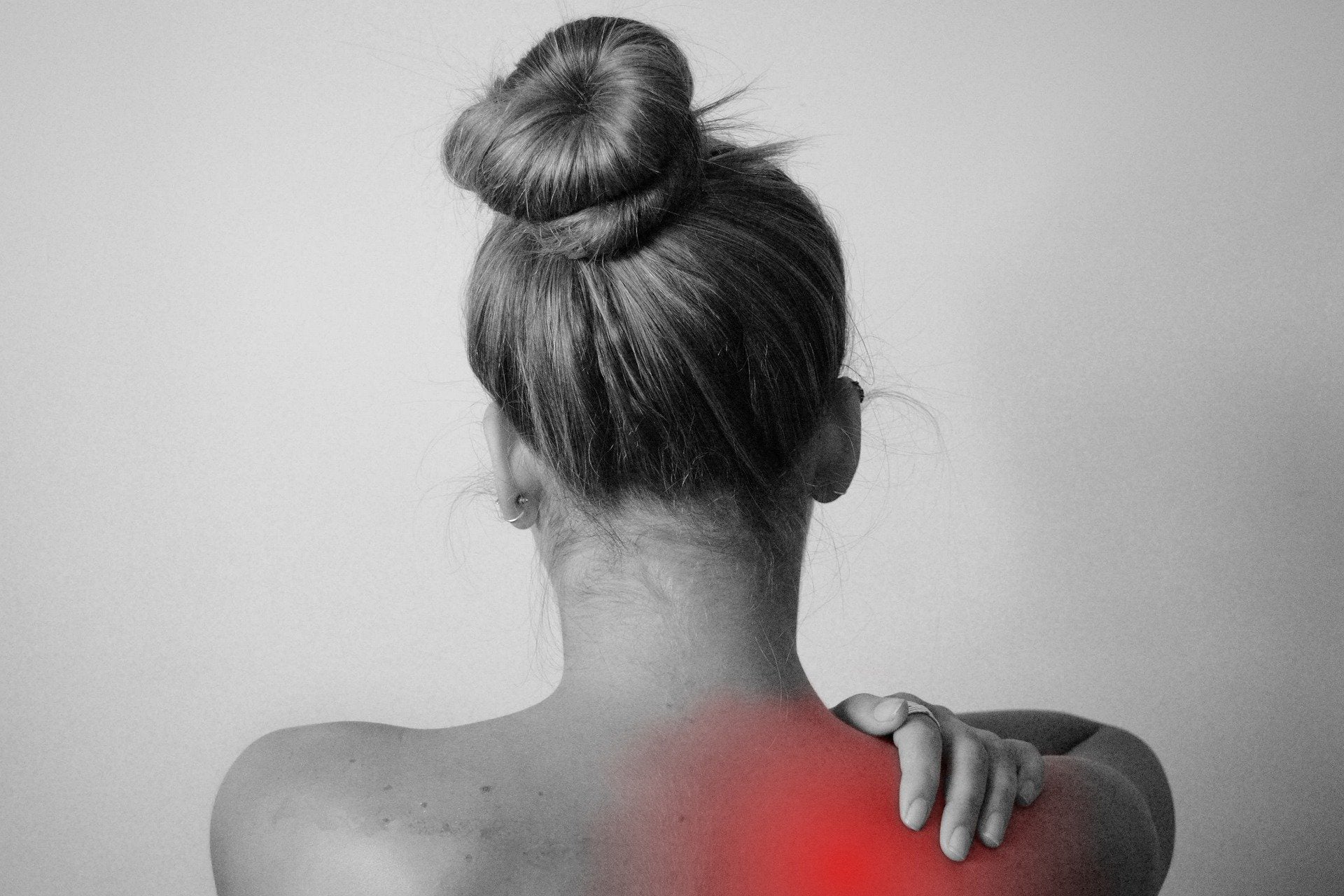
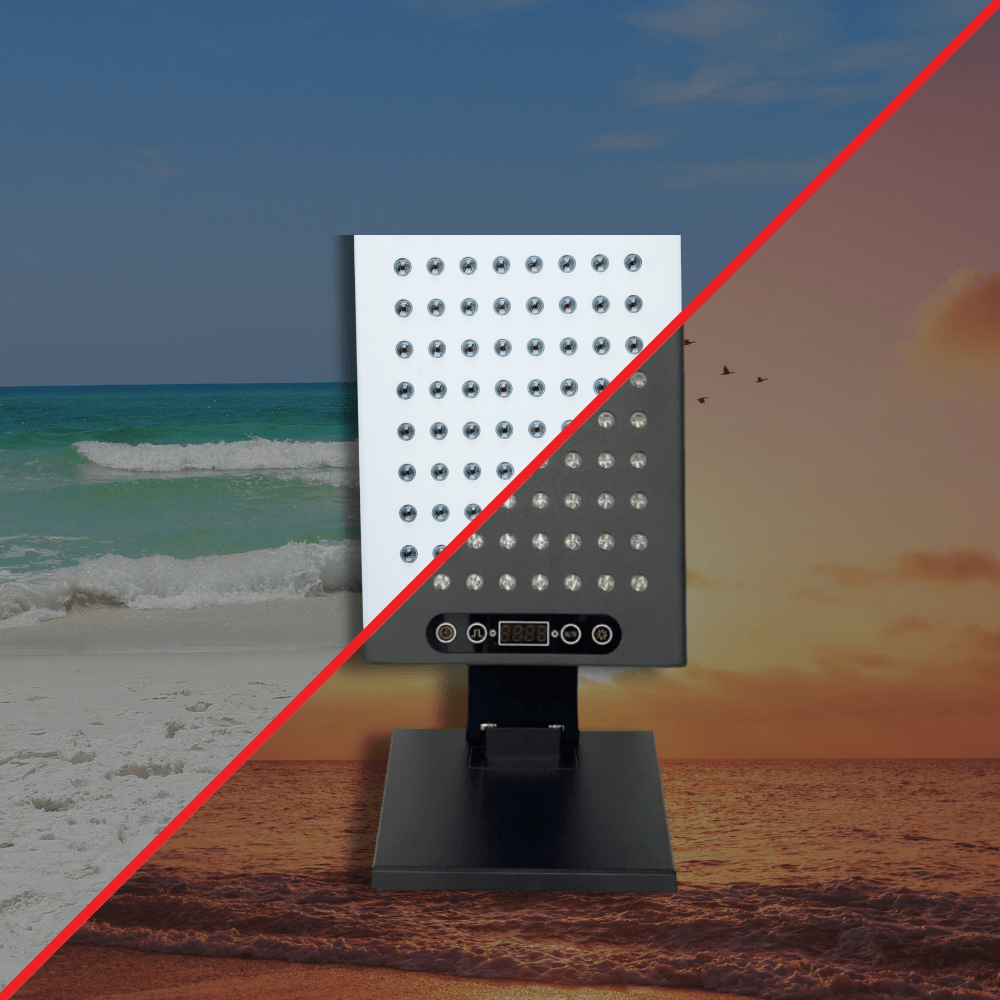
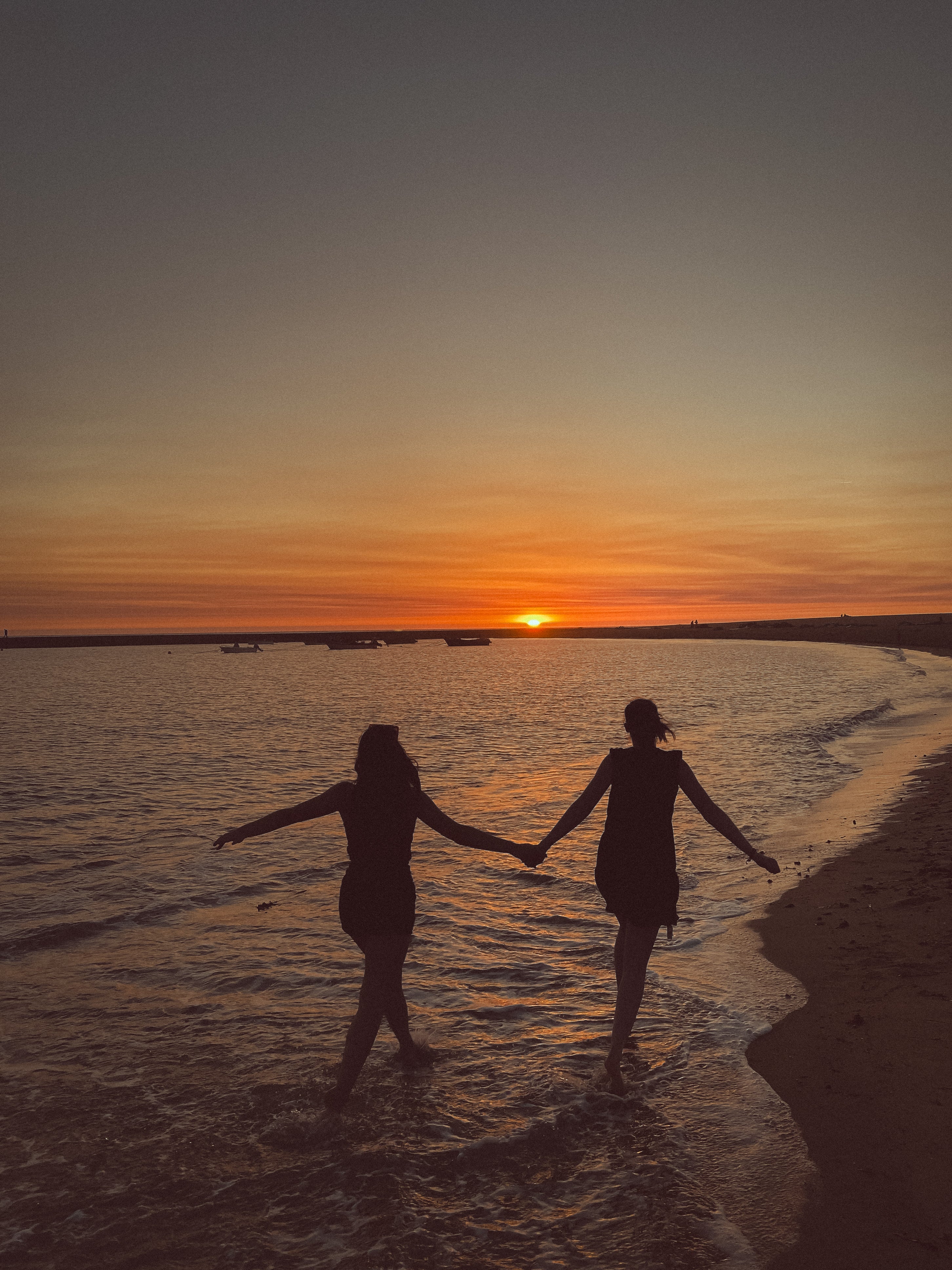
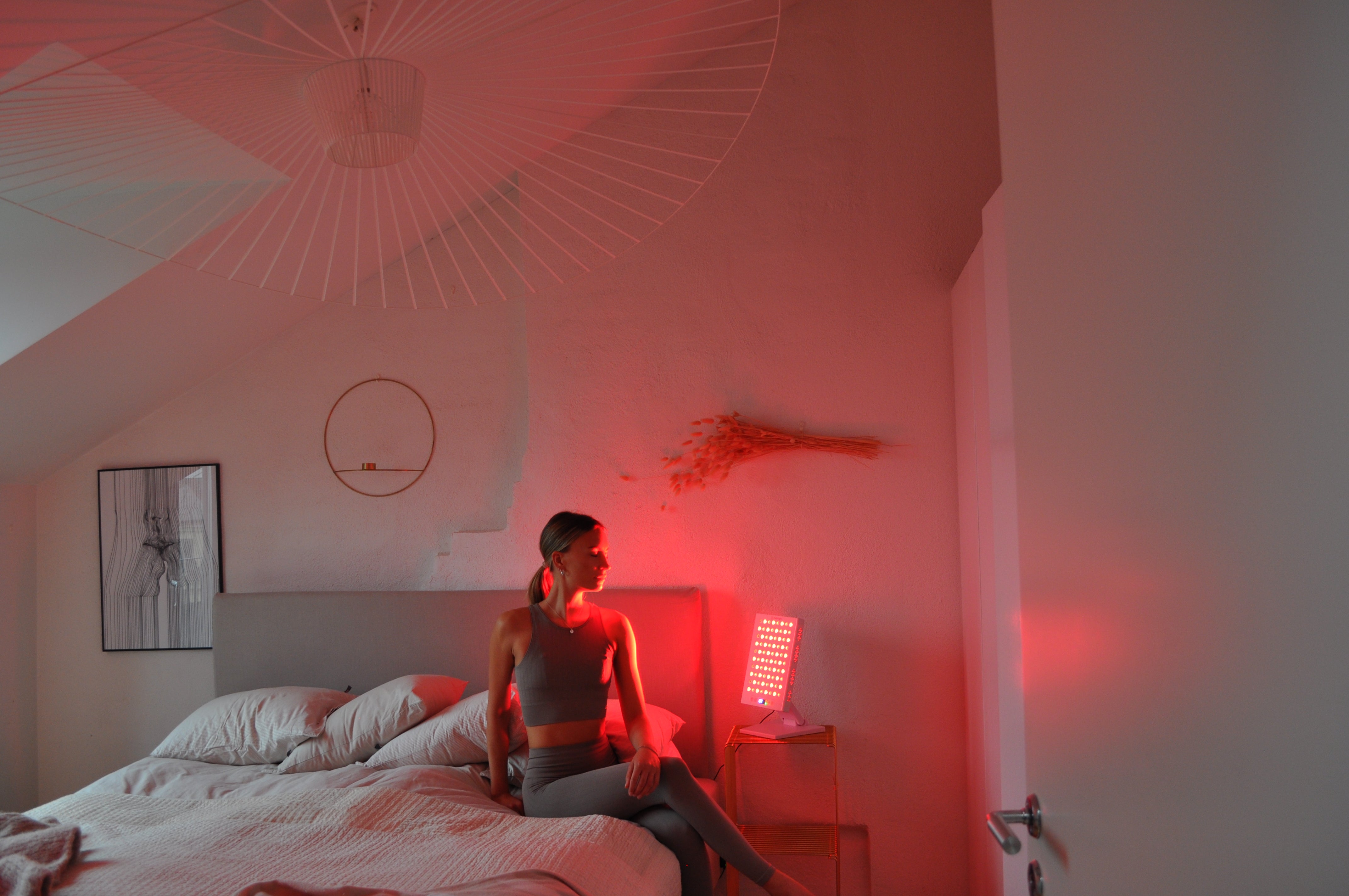
Share:
RLT and cardiovascular health
The management of psoriasis in a new light